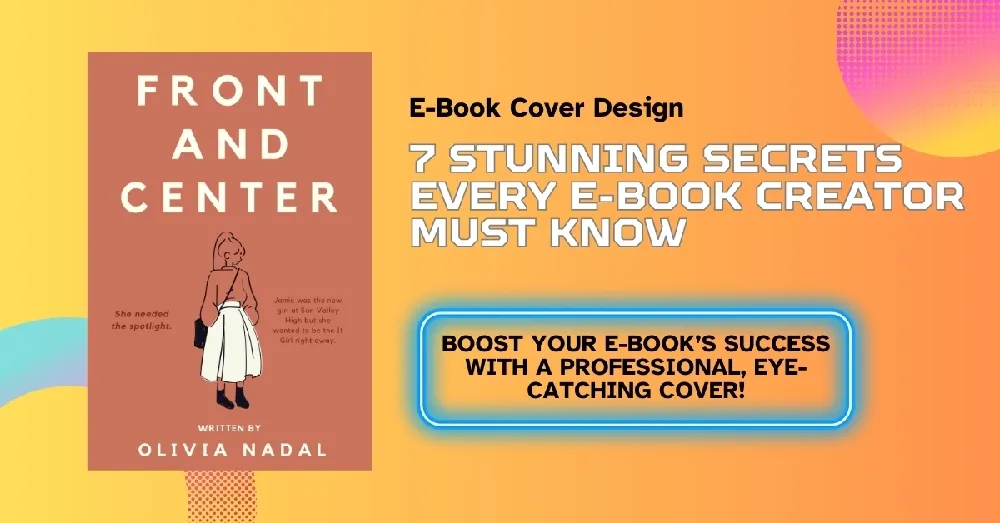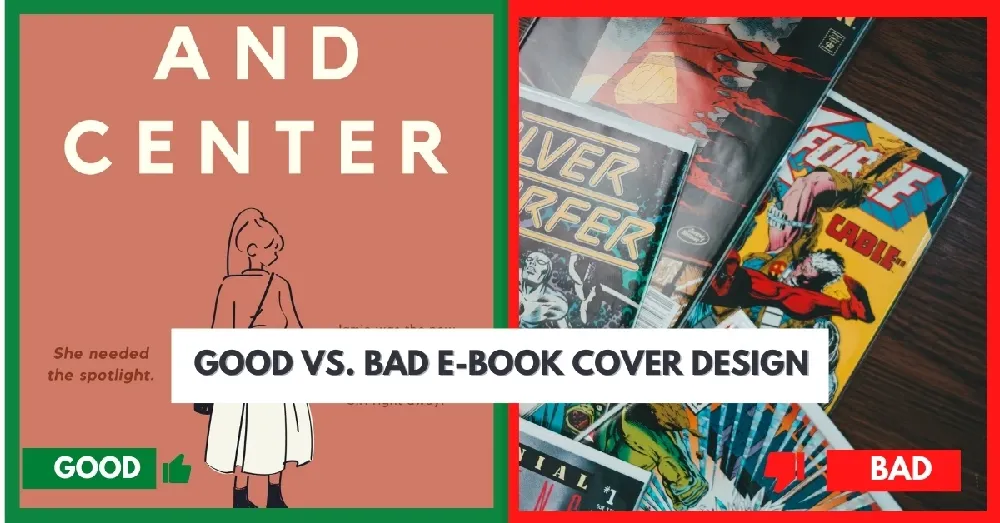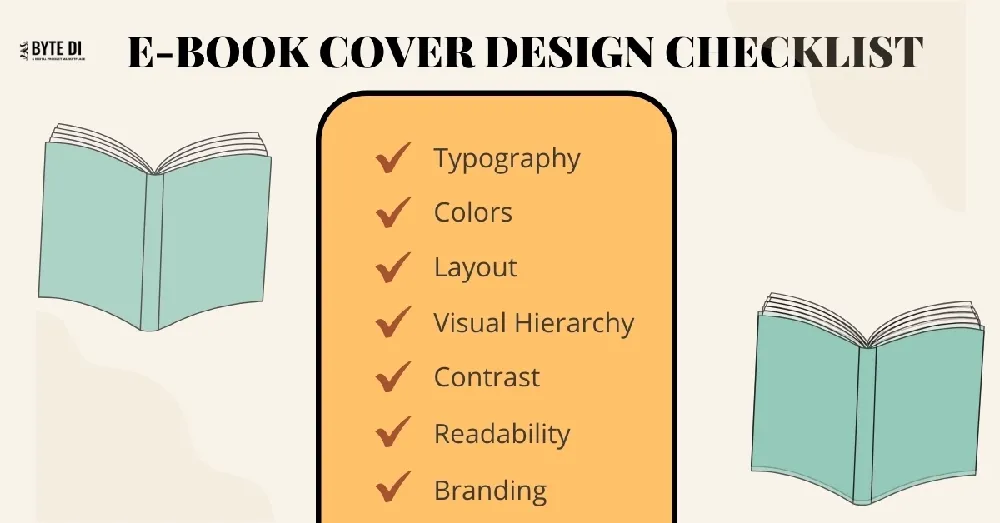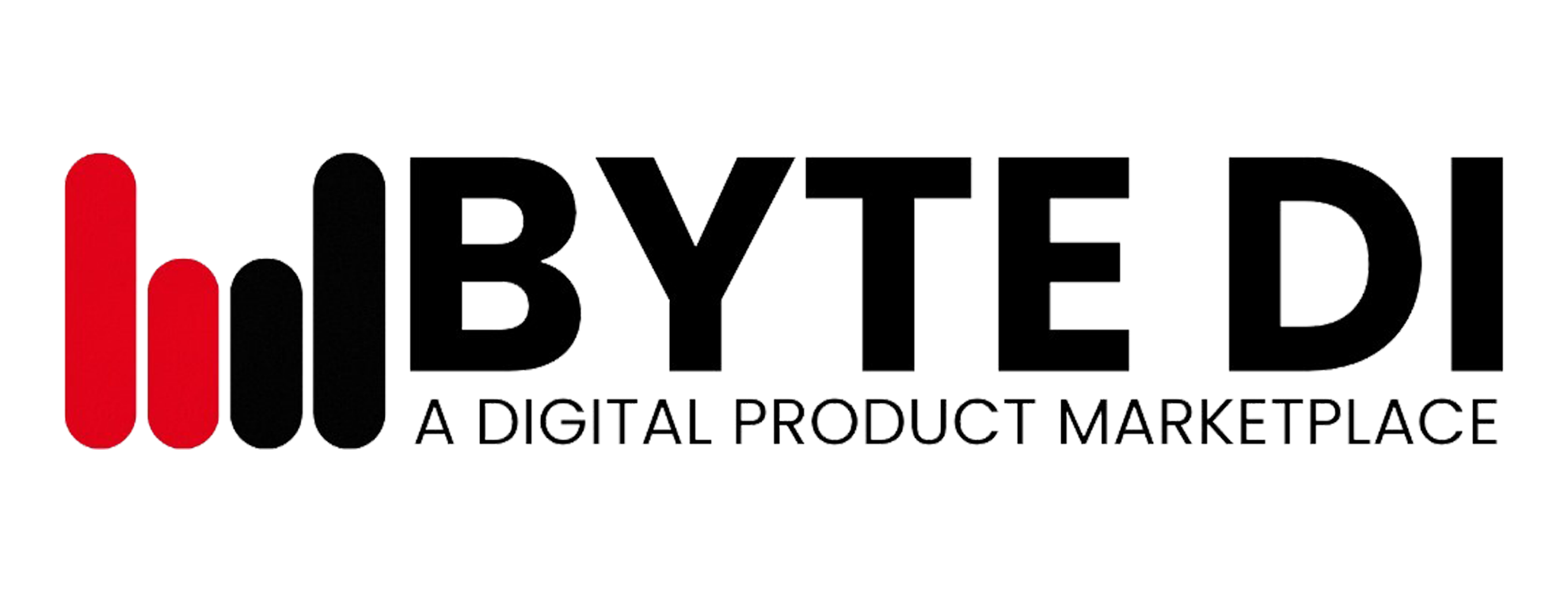E-Book Cover Design: 7 Stunning Secrets Every E-Book Creator Must Know

A design of your e-book cover becomes the very first visual element which attracts prospective readers to examine your work. Statistics indicate that 79% of individuals base their initial book assessment on exterior design thus becoming a decisive element for choice selection.
A well-designed professional cover not only looks attractive but it also strengthens sales along with boosting credibility and improves visibility in competitive digital marketplaces.
The following seven secrets lead e-book creators toward creating persuasive covers which generate instant focus for increasing both downloads and sales
Why E-Book Cover Design is Crucial for Every E-Book Creator
We will begin our investigation into excellent e-book cover design principles after understanding its significance:
- Excellent cover design results in enhanced performance by raising Click-Through Rate (CTR) on platforms that include Amazon Kindle together with Apple Books and Google Play Books.
- Your brand identity together with niche information finds representation on your chosen cover design.
- Expertly crafted covers outperform average designs so they boost sales by 35 percent but worsen sales when poorly executed.
- Readers make their choice about e-books within three seconds when deciding to click or scroll past the book.
The following 7 secrets will guide you in creating magnificent e-book cover designs.
Secret #1 – Use a Bold and Clear Title in Your E-Book Cover Design
The common e-book design flaw involves using complicated hard-to-read fonts that are too small in size. Your title must be:
- Bold & legible – Choose sans-serif fonts like Montserrat, Open Sans, or Lato.
- The title must be easily readable in all thumbnail sizes from ordinary viewing distance.
- The text font will produce better visibility when its color stands out from its background.
Example of Good vs. Bad Titles
❌ Bad Example: Using cursive fonts like "Lobster" in a small size.
✅ Good Example: Using "Montserrat Bold" in white against a dark background.
💡 Pro Tip: A title should maintain a size representing 30-40% of the cover space since it ensures visibility across various devices.
Secret #2 – Choose the Right Colors to Attract Your Target Audience
The design approach of e-book covers heavily depends on principles of color psychology. Color selection determines emotional responses which draw particular reader groups.
Color Psychology in E-Book Covers
- 🔴Red stands as an ideal choice for both thrillers and self-help publications since it projects passion together with urgency and energy.
- 🔵 E-book covers featuring blue tend to communicate professionalism together with trust and calmness (Business and finance-related books work best with this color).
- 🟡 Yellow – Creativity, positivity (Great for motivational books)
- ⚫ Black – Luxury, sophistication (Used in high-end non-fiction & business books)
Example of a Smart Color Choice
Within self-help literature blue and yellow pairing will help establish feelings of trust alongside motivation for the readers.
📌 Bytedi Tip: Avoid using too many colors—stick to 2-3 complementary shades for a professional look.
Secret #3 – Use High-Quality Images or Illustrations
Unprofessional appearance in your book results from blurry and low-resolution images. Always:
- High-resolution images with at least 300 dpi quality should be used.
- Proceed with selecting appropriate illustrations that align with your e-book topic.
- Use legal pictures that either come without royalties or that you purchased properly.
Where to Find High-Quality Images?
📸 Unsplash, Pexels, Adobe Stock, Shutterstock – Great for finding professional images.
🎨 Canva, Figma, Photoshop – Best for custom illustrations.
💡 Pro Tip: For writers who create fiction stories it is vital to seek professional illustrator services to create customized illustrations for their book cover.
Secret #4 – Keep It Simple and Avoid Clutter
People tend to purchase minimalist cover designs over busy and overcrowded designs.
Dos and Don’ts of E-Book Cover Layout
✅ Do: Use a simple, clean design with a focus on the title and one key image.
❌ Too many elements must not be added to the cover alongside excessive fonts and images.
The solution according to Bytedi is to eliminate superfluous cover elements through a process of streamlining vital components.

Secret #5 – Choose the Right Format and Dimensions for Different Platforms
The different digital platforms operate with specific rules regarding e-book cover creation.
- 📏 Amazon Kindle: 2560 x 1600 px
- 📏 Apple Books: 1600 x 2400 px
- 📏 Google Play Books: 3200 x 2400 px
💡 Bytedi Tip: The optimal size for e-book cover design is 1200x1800 px to achieve universal platform compatibility.
Secret #6 – Add a Subtitle or Tagline for Extra Impact
A subtitle enhances reader engagement through additional details about the book.
Example of an Effective Subtitle
📕 Title: "Mastering Digital Marketing"
📘 Subtitle: "A Step-by-Step Guide for Entrepreneurs & Startups"
💡 Bytedi Tip: Subtitles should contain no more than 10 words to deliver understandable advantages.
Stay inspired! You can follow us on Instagram where we upload the new tips and updates.
Secret #7 – Test and Optimize Your Cover Before Publishing
Never publish an e-book without testing different cover variations.
How to Test Your Cover Effectiveness?
✔ A/B Testing: Create 2-3 variations and test which performs better.
✔ Ask for Feedback: Share it in author communities and social media.
✔ Check Thumbnails: Ensure the title remains clear even as a small icon.
📌 Bytedi Tip: Run a poll on social media to see which design your audience prefers before finalizing.

Create Stunning E-Book Covers with Bytedi
A great e-book cover design is essential for success. By following these 7 stunning secrets, you’ll create a professional, high-impact e-book cover that boosts downloads and increases credibility.
🚀 Ready to design a winning e-book cover?
At Bytedi, we help authors and e-book creators craft high-converting, professional designs that stand out.
✅ Custom E-Book Cover Design Services
✅ Expert Designers & AI-Powered Tools
✅ Affordable Pricing & Fast Delivery
👉 Start your e-book cover design journey with Bytedi today!
FAQs About E-Book Cover Design
What is the best tool for e-book cover design?
The best collection of e-book cover design tools consists of Canva which provides a beginner-friendly drag-and-drop interface and also Adobe Photoshop for advanced customization together with Figma for UI/UX. Canva features ready-to-use templates for design needs not to mention Adobe Photoshop grants users a high level of element control which caters to both entry-level and professional design groups.
What are the best fonts for e-book covers?
The best fonts available for e-book covers are Montserrat Open Sans and Lato since they maintain readability in digital book formats.
The preferred fonts for e-book covers should be sans-serif types including Montserrat, Open Sans and Lato because these fonts remain easy to read for all users. Using decorative and cursive fonts should be avoided because their readability decreases when thumbnail size reduces. At first glance the title text must appear both strong and easy to understand.
What size should my e-book cover be?
For maximum platform compatibility the suitable e-book cover measurements should be 1200x1800 pixels. A cover size of 2560x1600 pixels works for Amazon Kindle whereas Apple Books requires 1600x2400 pixels and Google Play Books needs 3200x2400 pixels. A 300 dpi resolution for the cover image delivers clear details which makes your content more professional when it appears either digitally or in print.
Should my e-book cover match my branding?
Yes! Consistent usage of colors together with typography and style elements will help strengthen your author brand and promote better recognition of your books by readers. You can improve the credibility and ease of product recognition when you keep your books consistent through brand elements during searches on marketplaces or search results.
Can I use free images for my e-book cover?
Yes, but only from royalty-free sources like Unsplash, Pexels, and Pixabay. Obtain commercial rights from all images to prevent copyright limitations. Premium stock images from Shutterstock and Adobe Stock offer your best option although illustrating the cover with a custom design through hiring an artist will best maintain brand uniqueness.
How can I test which cover design works best?
A/B testing allows you to develop various versions of materials which can be evaluated either on social media or through email polls or author forum surveys. Engagement metrics alongside CTR alongside feedback analysis should guide you toward choosing the best-performing cover. The cover must be easy to understand while being attractive and relating to your book’s theme when aiming for high conversion rates.
